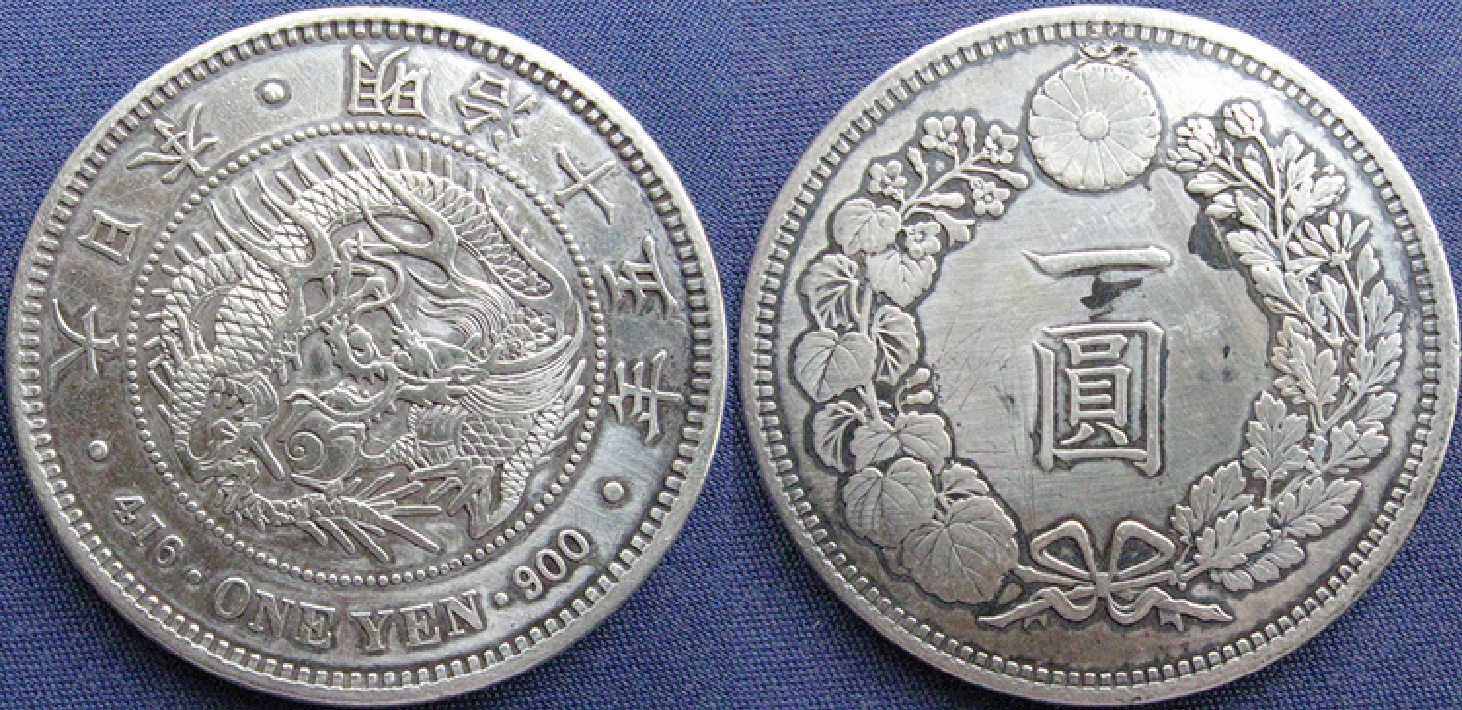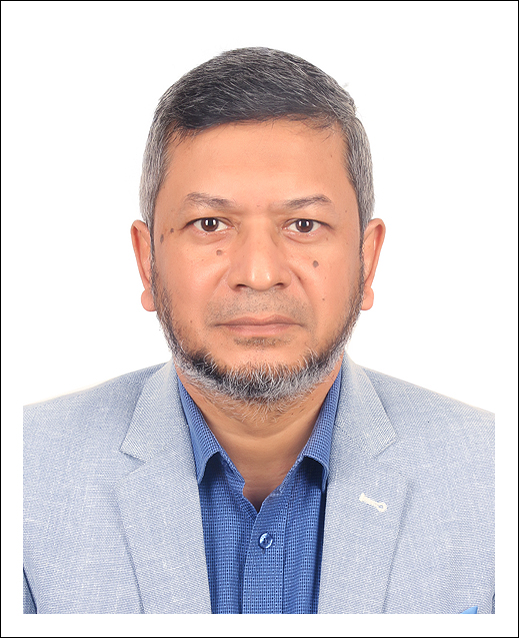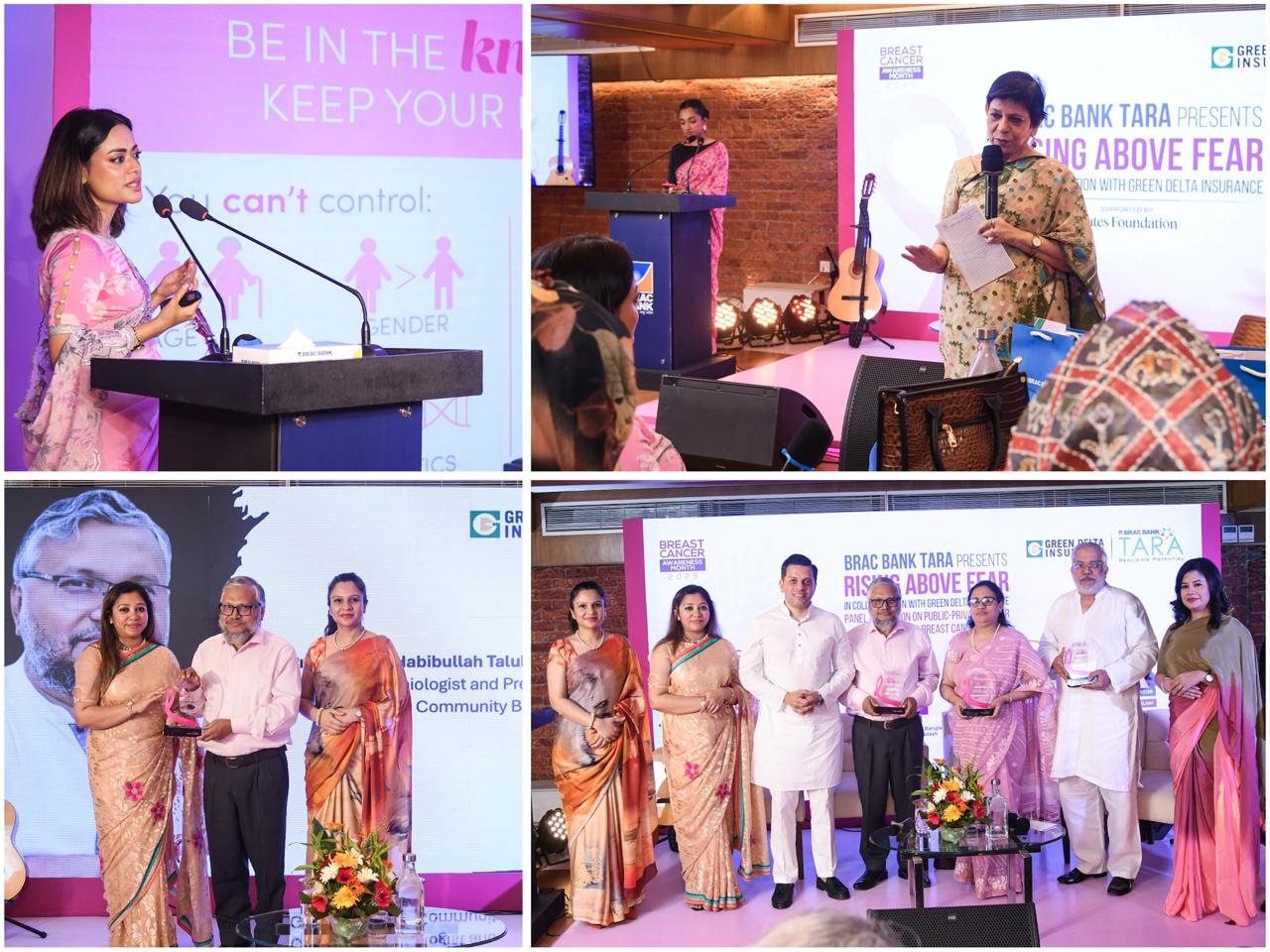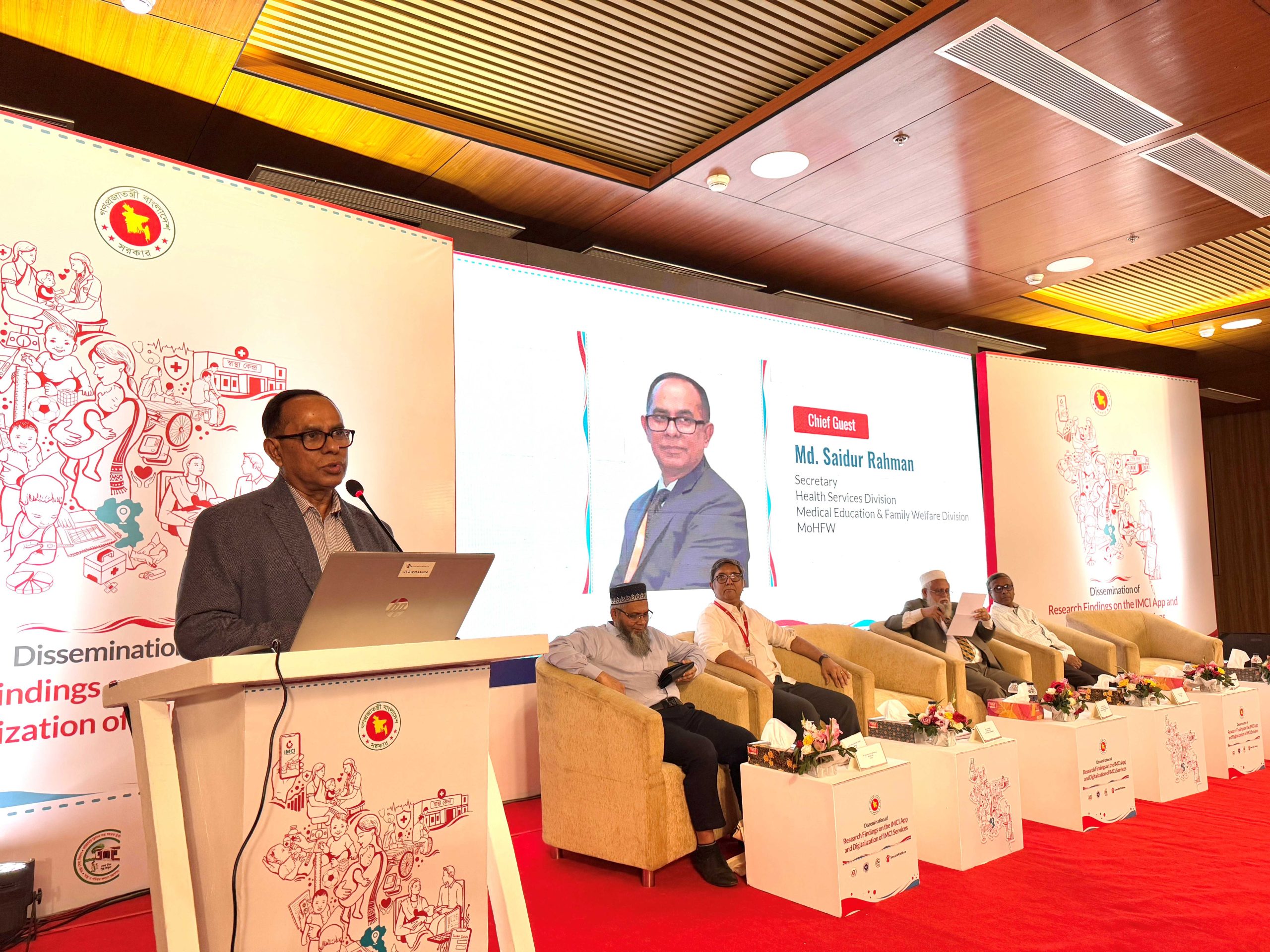India, Japan and China in the run to enhance more than trade and investment
An IBT Desk Report
Indian Prime Minister Narendra Modi returned from Japan recently with a pledge of US$35 billion investments over five years. During his first major overseas visit, he received warm welcome from his Japanese counterpart Shinzo Abe. Mostly recently, the Indian leader hosted China President Xi Jinping in New Delhi and there were hypes that the Japanese package might be overshadowed by China’s willingness to invest $100 billion over the next five years.
In Tokyo and Kyoto, Modi, as it was understood, opened his heart and mind to a friend, a strategic ally against a common rival, China, with whom both India and Japan have historic territorial disputes. Many tried to discover the emergence of a new polarisation as reference to territorial expansionism appeared to be tempting for observers. New Delhi later came up with explanation denying any criticism targeted at Beijing.
This means, the Indian premier, despite his pre-election rhetoric about China, had the scope to play ‘Japan and China against each other’ to cash in on the big opportunities — massive investments his country needs to meet basic needs and accelerate future growth. Notwithstanding their strategic compulsions and ambitions from different perspectives, China and Japan want to find India as partners in the pursuit of economic development as reflected in their pledges to make investments in India by both the country. On the other hand, their economic cooperation is not free from political and strategic thinking which is shaping Asia’s present and future alignments and geopolitics.
On Modi’s part, this is part and parcel of India’s Look East policy, initiated by his predecessor Dr Manmohan Singh, and it is also a difficult proposition for both Delhi and Beijing to come closer to each other given the bitter past and border tensions. China, since détente with the United States in the early 1970s, has been pursuing a foreign policy of maintaining relations with a major country at least on one front – political or economic whatever suitable for national interest. So, that also suits Modi’s policy decision to attract investments from China for building infrastructures and making investments in sectors that create millions of jobs for Indian youths.
In line with its requirements, India wants to utilise the Japanese funds to finance appropriate public and private projects of mutual interest including in the areas of next generation infrastructure, connectivity, transport systems, Smart Cities, rejuvenation of the Ganga and other rivers, manufacturing, clean energy, skill development, water security, food processing and agro industry, agricultural cold chain, and rural development. ‘Prime Minister Abe affirmed a broader and stronger Japanese partnership for Prime Minister Modi’s bold and ambitious vision for accelerating inclusive development in India, particularly by transforming the infrastructure and manufacturing sectors,’ read the Tokyo Declaration for Japan-India Special Strategic and Global Partnership.
Modi reciprocated the sentiment and expressed his deep appreciation for Japan’s continuous support for India’s economic development and stated that ‘no country’ other than Japan has done more for modernising India’s infrastructure. ‘There is no limit to our cooperation. There is nothing lacking in our will…There is new enthusiasm and expectation,’ he said, adding he had decided to put Japan in the ‘fast-track’ channel.
China, too, is willing to make investments in railways, industrial parks and potentially nuclear power, alongside increasing trade cooperation but Beijing also maintains caution. Border talks and Delhi’s focus on attaining a long-lasting status quo along the border dominated the initial gambit of talks. ‘We need to ensure that there is peace along the border, and if there is, we can work together in mutual cooperation. If this happens we can realise true potential of our relations,’ said the Indian premier.
So far, the $20 billion pledged by China when Xi Jinping began India tour from Modi’s home state of Gujrat, created a bit of disappointment among some people. ‘We can bring prosperity to Asia, and we can create opportunities for the world,’ said the Chinese leader.
Apparently, China’s emphasis is on building stronger economic ties with India as a way to neutralise a powerful neighbour and bolster widen spheres of influence in Asia. While Japan wants to find India as strategic and economic ally, the potential influence of two other powers — the US and Russia — remains hidden in this chemistry involving the three Asian giants. Following tensions with the West, Moscow is looking at the East for making friendship while the US is unwilling to withdraw from Asia. Modi’s India is weighing benefits from relations with all these actors.















